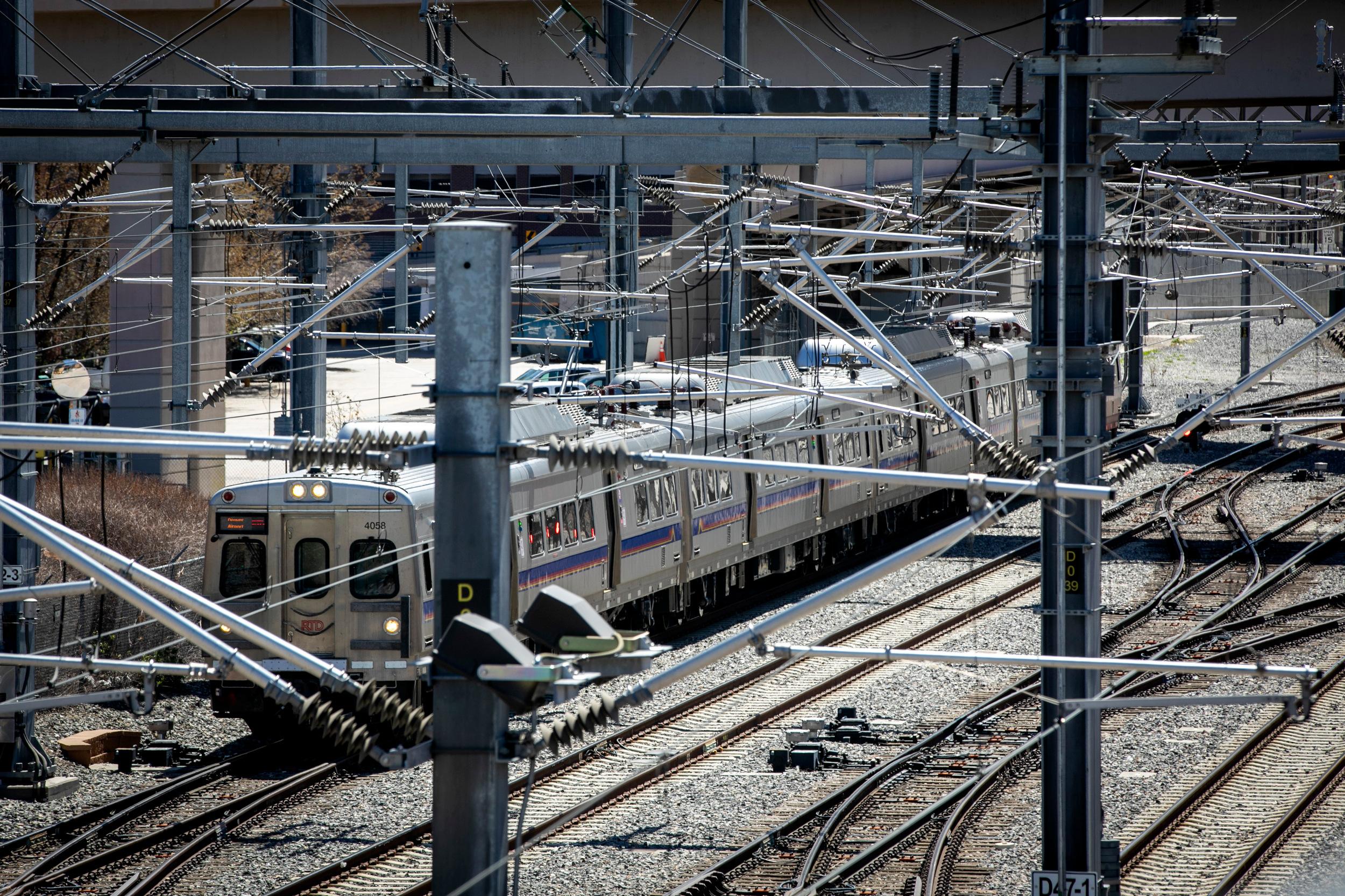
A majority of the Regional Transportation District’s board of directors indicated Tuesday that they would consider redirecting future savings for a commuter rail line to Boulder and Longmont to instead pay for service in the more immediate future.
The coronavirus pandemic has decimated RTD’s budget and much of its ridership. More than $230 million in federal relief helped stave off tough cuts this year. But, according to a staff presentation, the agency is preparing to make $166 million in cuts for next year in lieu of more federal help.
Bruce Abel, director of special projects and the leader of the agency’s COVID-19 response task force, said RTD needs to come up with about $80 million from its reserves and staffing cuts to keep service levels where they are now — just 60 percent of what they were before the pandemic.
“If we're not able to generate these types of savings through the use of the various tools, we will need to reduce service more,” he told the board in a meeting Tuesday.
He suggested that cuts to administrative staff could yield $15 million to $20 million in savings. Tens of millions more could come from RTD’s rainy day reserve funds.
But the most controversial pot of money, by far, is a special savings account the board started in 2012 to save for unfinished rail projects — the most high-profile being the line to Boulder and Longmont. RTD left them behind as costs rose and revenues from the 2004 FasTracks vote didn’t meet projections.
“It’s the sacred cow. I hear it mooing,” board member Vince Buzek, who represents Westminster and nearby areas, said of the savings account.
RTD has about $120 million in that account now — a far cry from the estimated $1.5 billion needed to complete the long-promised commuter rail line to Boulder and Longmont. But, as Buzek and other board members from RTD’s northern reaches said, it could come in very useful if the federal government does indeed invest in a Front Range commuter rail system and needs RTD to kick in some money.
"It is indeed speculative, but I don't think it's time to take away our match,” said board member Judy Lubow of Longmont.
They also noted that Gov. Jared Polis, a Boulder County resident himself, has recently demanded RTD finish the line despite its financial woes.
"It's a matter of importance, as we've said before, to the governor, and to a lot of people in the state,” said board member Lynn Guissinger of Boulder.
But the sheer size of RTD’s financial predicament means the agency needs to prioritize the immediate needs of the people that are still riding today, other board members said. While rail and commuter bus lines have seen precipitous drops in use, ridership is still relatively strong on local bus line — particularly those in low-income areas.
“If we have millions of dollars sitting in a reserve and we risk leaving people sitting at a bus stop, that’s untenable to me,” said Jeff Walker, who represents south Denver and nearby suburbs.
Ten out of the 15 members say they are open to using next year’s contribution to the savings account for service instead. That would amount to nearly $18 million. Others said they would even support using the $120 million in it now.
Peggy Catlin, from the far southwestern part of the RTD, noted the savings account itself consists of money from the 2004 FasTracks vote that was initially meant for increased bus service. Natalie Menten of Lakewood said the speedy Flatiron Flyer bus service between Boulder and Denver could, quite ironically, be a casualty if the board insists on saving toward the train.
"That just doesn't make sense to me personally," she said.
Other board members who said they were at least open to using the rail savings account money were Bob Broom, Ken Mihalik, Shelley Cook, Kate Williams, Claudia Folska, Shontel Lewis and board chair Angie Rivera-Malpiede.
The board will have to make its decision as it sets the 2021 budget this fall.









